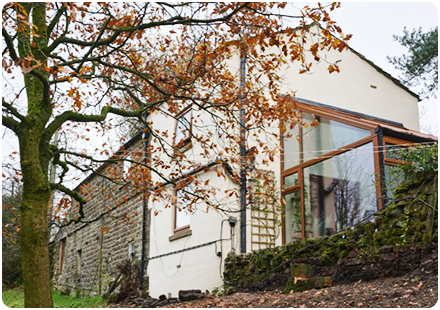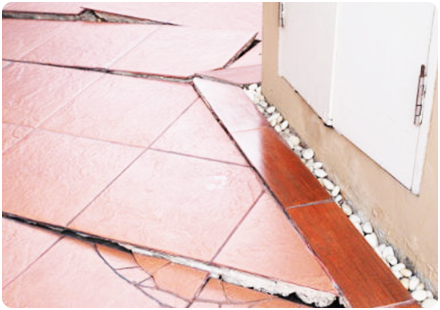LandPack Subsidence Climate
Subsidence risk for individual properties
Get the data to make faster, better decisions at property level.

Score subsidence risk probability quickly with LandPack Subsidence Climate
LandPack Subsidence Climate shows how likely it is that an individual property will be affected by subsidence.
Property by property, LandPack Subsidence Climate indicates the likelihood of subsidence due to known factors such as soil states, trees, coal mining, and/or brine extraction.
- Affordable, pricing based on area or quantity of calls
- Accessible, insights can be provided as downloads or served online
- Up-to-date, guaranteed currency, reduced data hosting costs
LandPack Subsidence Climate can be downloaded or fully integrated as an API.
With LandPack Subsidence Climate , climate-related projections for subsidence risk are shown for the ‘most likely’ climate change scenarios based on UKCP09 and UKCP18 (high emissions; RCP8.5). These indicate the average maximum value for potential soil moisture deficit (PSMD) expected from hotter, drier summer conditions.
Subsidence is a risk that carries huge implications, and climate change is increasing that risk. When hotter and drier summers are followed by wetter and milder winters, that fluctuation causes shrink and swell. In the second half of 2022, one claim for subsidence was made every 15 minutes.
Up to 70% of all subsidence claims are tree related. A single tree root system may be as problematic as a nearby coal-mine. This may be because soil dries out, or due to property foundations being undermined by tree root systems. Those tree roots can also enter drainage systems and cause leaks or wash away the subsoil. Brine extraction and coal mining are also a problem.

Why use LandPack Subsidence Climate?
Postcode-level analysis is no longer good enough. Particularly for large firms that have a large portfolio of properties or anyone with long-term ESG responsibilities, climate change reporting needs to be on individual property-level results.
But LandPack Subsidence Climate isn’t just for Insurers.
LandPack Subsidence Climate is a screening mechanism for decision-makers working in any size of business, in every part of the land and property sector. It identifies opportunities to mitigate projected effects of climate change, re-evaluate properties, enhance business continuity and improve climate adaptation measures.
Who should use LandPack Subsidence Climate?
LandPack Subsidence Climate is ideal for insurers, land or property agents, local authorities, and utility companies. It can be downloaded or used as a web-based service via our data hub – which means high quality subsidence hazard insights are available to businesses of all sizes.
- Insurers, underwriters, brokers
- Environment, Society and Governance (ESG) consultants
- Environmental consultants and Consulting engineers
- Developers and property investors
- Portfolio owners (such as Housing Associations)
How does LandPack Subsidence Climate work?
LandPack Subsidence Climate indicates hazard likelihood information for every address in England, Wales and Scotland, (it does not cover the Isle of Man or the Channel Islands at the moment).
Both product options – the dataset and our API – use a rated combination of factors that are catalysts for subsidence. Analysis of tree canopy height, for example, plays a part in levels of risk.
LandPack Subsidence Climate [Dataset]
The LandPack Climate Subsidence dataset calculates tree proximity to a building outline for each Unique Property Reference Number (UPRN), an indicator for the presence of former coal mining or brine extraction activities and subsidence hazard likelihood scores for soil-related subsidence (present and future projection).
LandPack Subsidence Climate Query-API
Our LandPack Climate Subsidence Query-API provides an indication of tree threat (Yes/No), coal mining/brine extraction threat (yes/No) and hazard likelihood scores for soil-related subsidence (present and future projection.
• We host all the data for the Query-API version, which reduces the burden of dataset management for GIS teams.
Reduce costs, improve results
LandPack Climate Subsidence it illustrates the projected effect of a selected climate scenario on soil subsidence hazard. Its added value is in loss prevention. Armed with the right information, you can work pro-actively in prolonged dry weather and act promptly where vegetation may present a problem at an individual property level. LandPack Climate Subsidence can be used in pro-active customer support, too.
Why not talk to us about ‘one customer’ dashboards that could include LandPack Subsidence Climate and other perils data?

Phone & Email
Address
Reduce your Subsidence Risk
Download our emapsite Subsidence Risk sample

